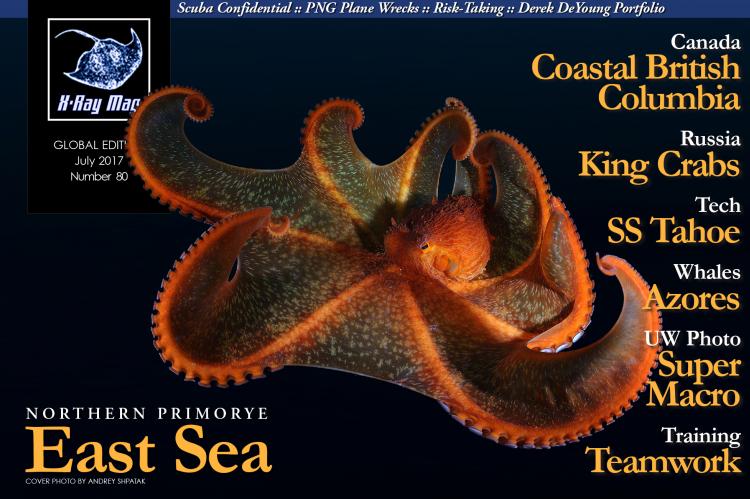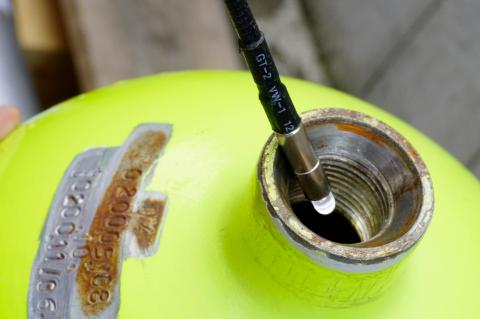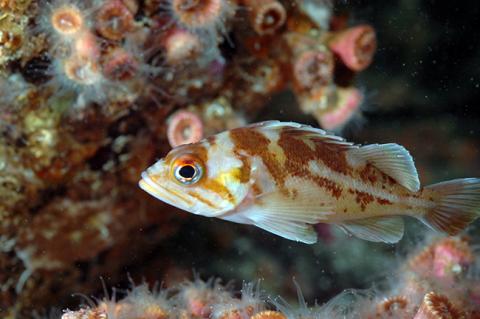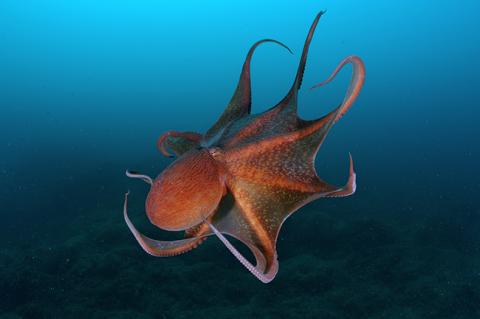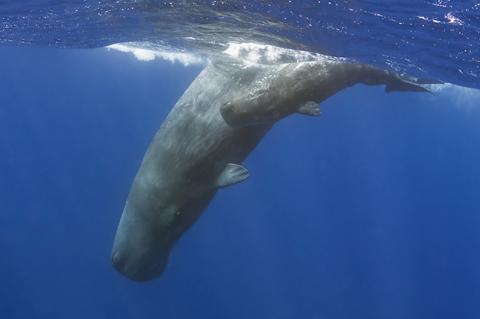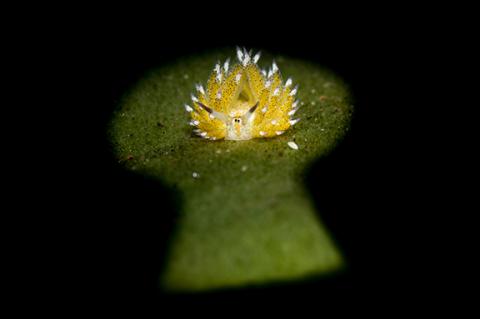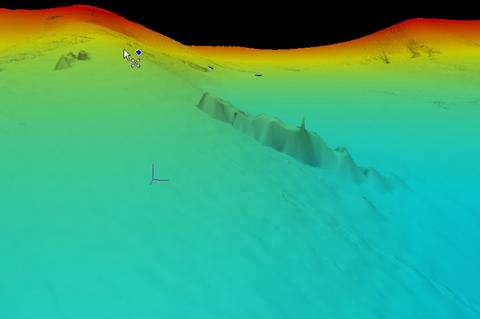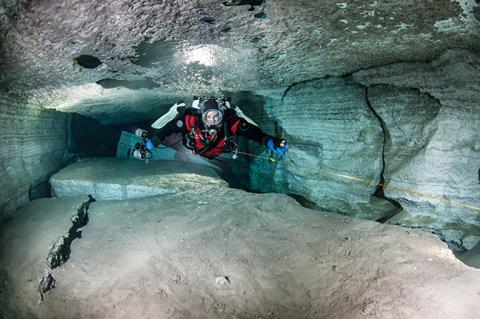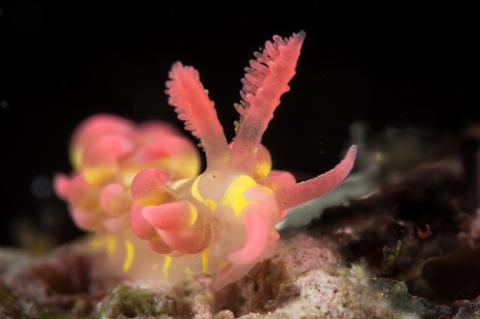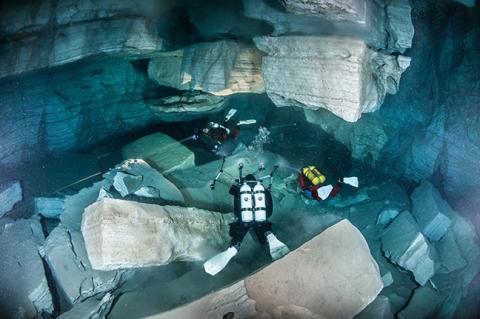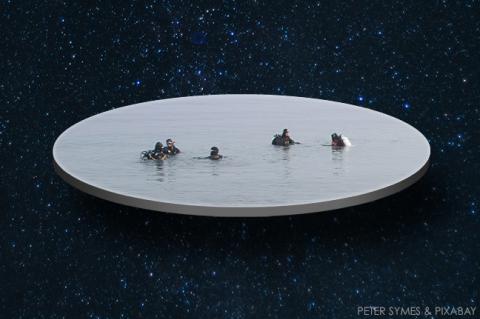X-Ray Mag #80
Main features in this issue include:
Aircraft Wrecks of Papua New Guinea
World War II came to the Australian territory of Papua New Guinea in January 1942 when the Imperial Japanese Army invaded Rabaul in New Britain, followed shortly after by the taking of Kavieng in New Ireland. The invasion turned Papua New Guinea into a major theatre of war in the battle for the Pacific, and there were many brutal encounters between the invading Japanese and the defending Allied forces.
Conditions were often appalling and the fighting was incredibly fierce, with many young lives lost on both sides. To this day, relics of those battles are part of the fabric of Papua New Guinea.
Annual cylinder inspections are not that bad
The article, “UK under pressure to test cylinders annually,” published in the previous issue (#79) was informative, but appeared to be unfairly attacking standards in the United States.
I understand in the United Kingdom, a scuba cylinder undergoes a visual inspection every 30 months and a hydrostatic requalification every five years.
Derek DeYoung Portfolio
American artist Derek DeYoung creates unique and spell-binding paintings of fresh and saltwater fish, which spur viewers to see and appreciate marine life in a different way. X-Ray Mag interviewed the artist to find out more about his work and his perspectives.
"Anytime you truly celebrate the visual beauty of something through art, you give it an importance that it may not have had for a lot of people—helping them appreciate it in a new way and start to consider how valuable that thing is."
— Derek DeYoung
Diving Coastal British Columbia
Referred to as the Salish Sea by local aboriginal people, the coastal inland waters stretching from Puget Sound to Johnstone Strait provide a vast and diverse area for scuba divers to explore. Not only are these temperate, nutrient-rich waters teeming with colorful marine critters of all sizes, visitors can enjoy underwater activities like photography, shipwrecks, deep walls and drift diving.
British Columbia (BC), located just above the US state of Washington, on the northwestern coast of North America, provides all of this and more, along with countless topside activities like fishing, skiing, hiking and great wildlife viewing.
Diving Northern Primorye: Russia's Far East
With sanctions in recent years placed on Russia by Western governments, divers, once used to traveling abroad to exotic dive destinations, turned to their own country for inspiration. In doing this, Andrey Bizyukin discovered a diving paradise practically in his own backyard.
What can a diver in Russia do in the era of Western sanctions? I thought about heading east, when rapturous tales told by divers in the ‘70s and ‘80s sprung to mind. Back then, divers who had traveled there told me about the amazing, wonderful underwater world of the Pacific Coast of Russia.
Diving the Azores
Like the tips of icebergs, the islands of the Azores archipelago are just the visible peaks of a remarkable chain of underwater mountains that rank among some of the highest in the world.
The Azores Platform is some 2,000m below the ocean surface, but the Mid-Atlantic Ridge is grounded on to the seabed another 2,000m below that, while the tip of Pico (the tallest island of the archipelago) is 2,350m above sea level, making the mountain that is Pico about 6,500m high in total eleva
Interview with Lilian Koh: Lens Beyond Ocean Portfolio Winner
A close encounter with manta rays in 2000 inspired Lilian Koh of Singapore to take up scuba diving and underwater photography. Also drawn to tiny critters, her macro photography has won top awards.
"I hope that through my photography I am able to show people the beauty of Mother Nature and her creations. I want viewers of my photography to see the amazing critters we can see and find in the ocean. From pelagic to macro critters, we divers need to do our part in protecting them."
Invasion of the King Crabs
In many science fiction movies today—those with alien spaceships—the aliens look very similar to some of the underwater inhabitants of our own planet. Indeed, there is no need to invent some mythical creature to stir up the imagination of the viewer; it is enough just to show an image of a jellyfish, an octopus or a giant crab. And this story is all about the king crabs.
Over the years, my dive buddy, the local dive operator, and I have searched for king crabs many times. But on one particular occasion, we experienced a successful expedition and encounters we just did not expect.
Pushing the Altitude: The Quest to Document the SS Tahoe
June 2017 — Fifty-six-year-old explorer Martin McClellan is determined to revisit the SS Tahoe to conduct an extensive photogrammetric survey of the wreck. The 169ft (52m)-long 19th century steamship, which was scuttled in 1940, rests intact on a steep underwater slope at a maximum depth of 470ffw (144mfw) beneath Glenbrook Bay in Lake Tahoe, Nevada, USA.
McClellan was the first to dive the Tahoe with Brian Morris under the banner of his organization New Millennium Dive Expeditions (NMDE) in 2002, and has conducted 10 open-circuit dives on the wreck over the last 15 years.
Risk-Taking in Diving: Is it Worth it?
Diving is a sport which has an inherent risk of death or serious injury due to the aquatic environment in which the activity takes place. These risks are not just limited to drowning or decompression sickness, but many other issues like entanglement, injuries from the flora and fauna, or trauma.
It is this balance of risks that is often hard to understand when something goes wrong and a diver is killed, injured or has a really “scary” moment. We often forget that there are ever-present, low probability, high consequence risks whenever we go diving.
Super Macro: Supersizing Your Macro
Supersize your macro images by going beyond 1:1. In the past, going beyond the limits of shooting true 1:1 macro seemed nearly impossible. Homemade magnifiers increased the subject size for sure but lacked in quality, while other “wet lenses” did not offer much in the way of magnification.
Diopters or wet lenses are attached on the outside of the housing, giving the name “wet lens” to the diopter. A wet lens increases your magnification while decreasing the working distance of your camera lens.
Teamwork
There may not be an "I" in team, but there's one in "win", "live", "first" and "dive"!
Over the years, I have had the privilege of being involved in some fantastic teams, sometimes in a leadership role, sometimes as an advisor helping to form a great team, and in others, as a team member.
The Future of Scuba Diving in a Flat World – Part 1
In 2005, Pulitzer Prize winner Thomas Friedman wrote his book, The World Is Flat, describing the epoch-defining effects of technological globalisation in the early 21st century. He explained his use of the word “flat” as meaning “equalising.” That is, equalising power, knowledge, opportunity and the ability to connect, compete and collaborate.
— This is the first in a two-part article, adapted from a chapter in my book Scuba Professional: Insights into Sport Diver Training and Operations. Part two will be featured in the next issue.


